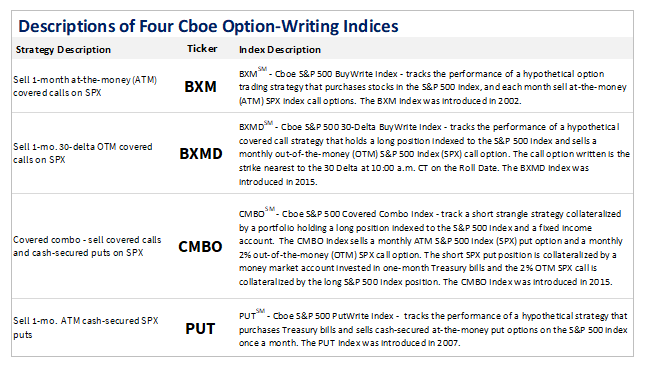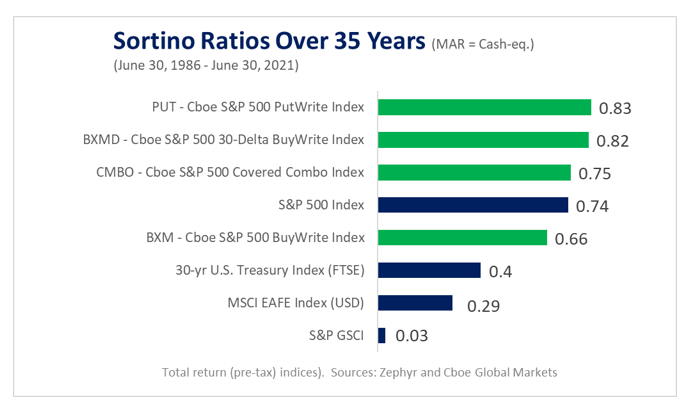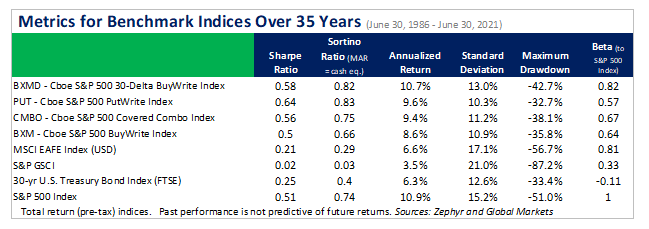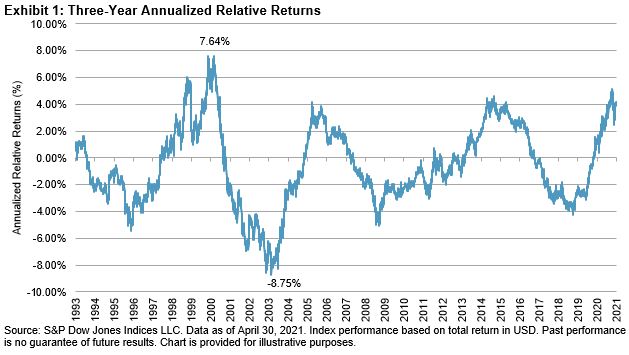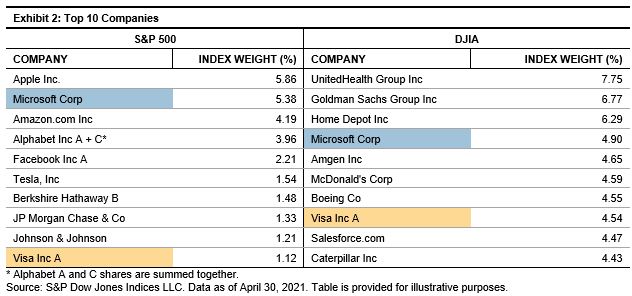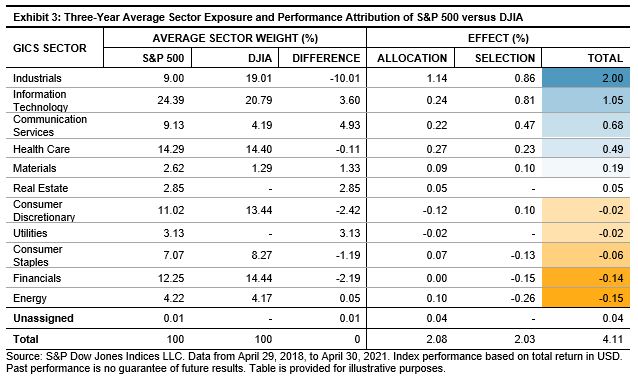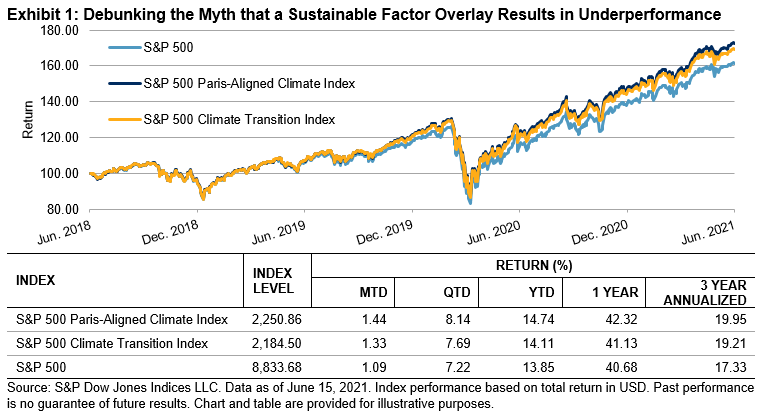In our past blog, Introducing the S&P Dividend Growers Indices, we highlighted the key objectives and investment rationale behind the S&P U.S. Dividend Growers Index and S&P Global Ex-U.S. Dividend Growers Index. We showed that companies that have consistently increased dividends over consecutive years displayed greater financial strength through being generally more profitable with less stock price volatility. In addition, we provided evidence that the highest dividend yielders were typically more likely to have earned this accolade through poor recent stock price performance. These same companies subsequently showed a higher tendency to make unfavorable future dividend policy changes.
Simple Selection
The S&P Dividend Growers Indices were designed to take advantage of these findings in a transparent and effective two-step selection procedure.
- Identify the eligible pool of companies that have increased dividends every year
- For at least 10 years in the U.S. and 7 years in the Global ex-U.S. universe
- Remove high-yielding companies that rank in the top 25% of eligible companies
Deliberate Detail
Investability is key. And designing an index with this in mind involves two interlinked considerations:
- Maximizing the potential capacity of any investment strategy that could seek to replicate it; and
- Minimizing the trading costs that may be incurred to ensure the index can be efficiently replicated.
The former involves broadening the selection criteria to expand the total market capitalization selected. The latter involves reducing the total turnover of the index, while ensuring there is sufficient liquidity.
All these elements were carefully considered within the S&P Dividend Growers Indices to improve investability in the following ways.
- Expansive Selection – S&P DJI’s broadest U.S. and Global Ex-U.S. BMI universes were chosen to ensure the widest eligible selection.
- Weighted by Float-Adjusted Market Capitalization (FMC) – FMC-weighted indices have multiple benefits for investability.
- Liquidity is enhanced since index weights are proportionate to the market value of the free-float shares that are available to investors (excludes closely held shares).
- Turnover is limited since index weights do not need to be periodically adjusted (only index reconstitutions impact turnover).
- Capacity is improved by preventing high ownership in any individual company.
- Three-Day Rebalance Window – Reconstitutions only occur annually, and index changes are spread across three consecutive trading days. For those wishing to replicate the index, this reduces market trading on any given rebalance day and therefore lowers market impact costs.
- Buffer Rule on Dividend Yield Screen – To reduce unnecessary turnover, stocks that already exist in the index are only excluded if their yield ranks within the highest 15% (whereas new stocks entering the index are ineligible if they rank in the highest 25%).
- Liquidity Screening – Stocks must satisfy minimum median daily-value-traded thresholds of USD 1 million and USD 0.5 million for the U.S. and Global ex-U.S. indices, respectively. Liquidity buffer rules are also implemented.
Repeatedly Reviewed
Since reconstitutions occur annually, a continual dividend review process is important. Constituents are monitored monthly to allow the index to react to unfavorable dividend policy changes that may signal financial distress. A company may be removed through the monthly dividend review process if it omits a scheduled dividend payment or announces a stop or a reduction to dividend payments.
Evaluating Effectiveness
While rationale and approach are critical, results are equally important. So, how have these indices performed? In the next blog in the series, we will evaluate the historical effectiveness and characteristics of the strategy.
The posts on this blog are opinions, not advice. Please read our Disclaimers.










































